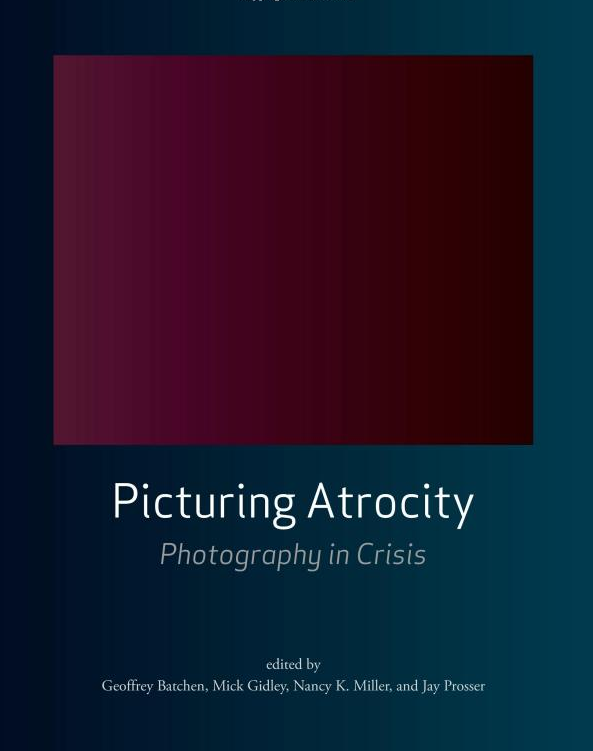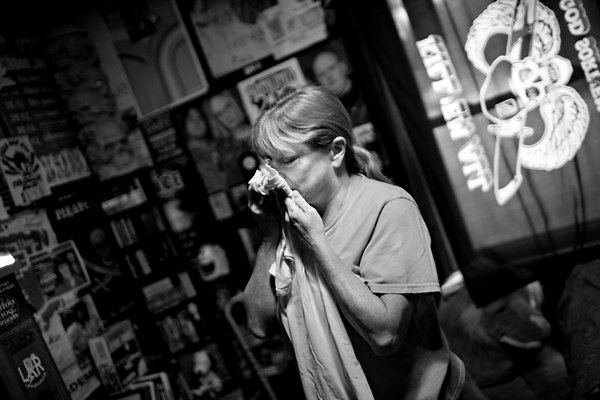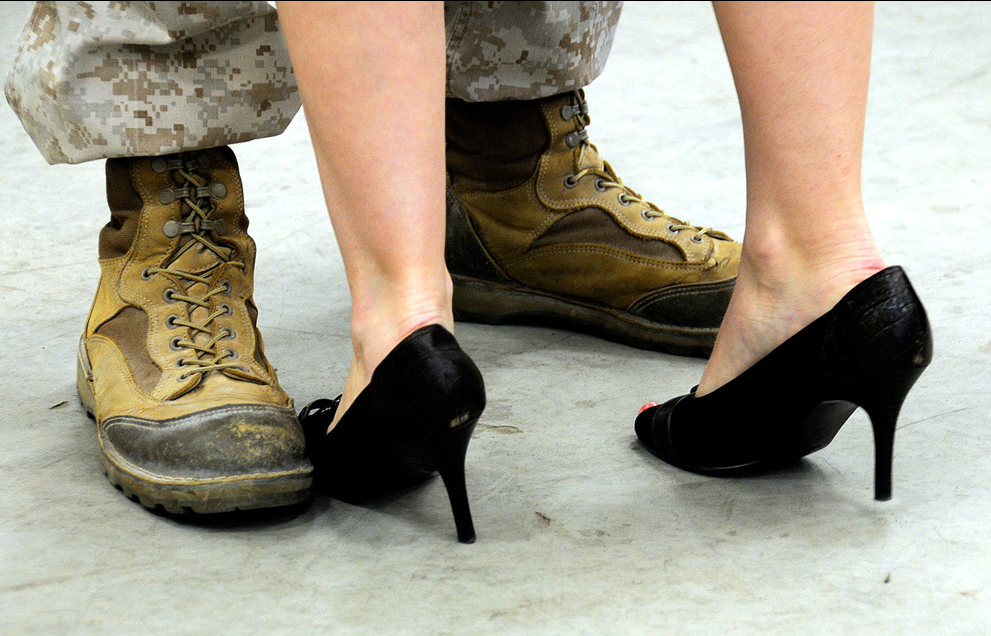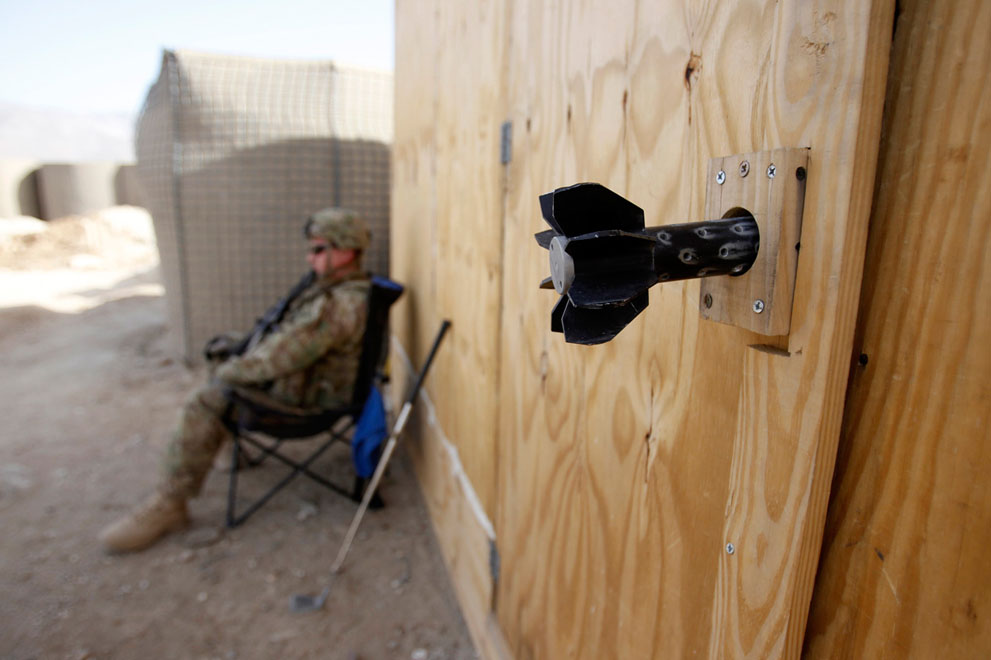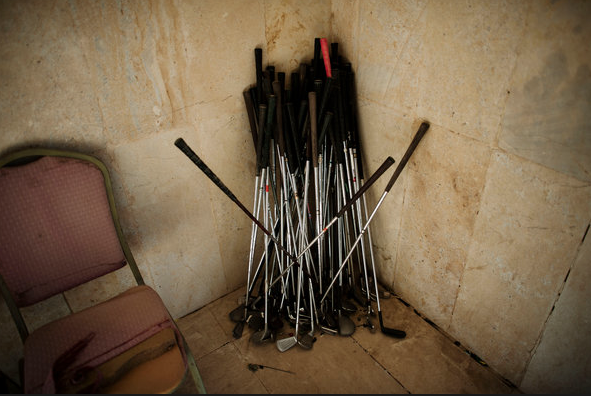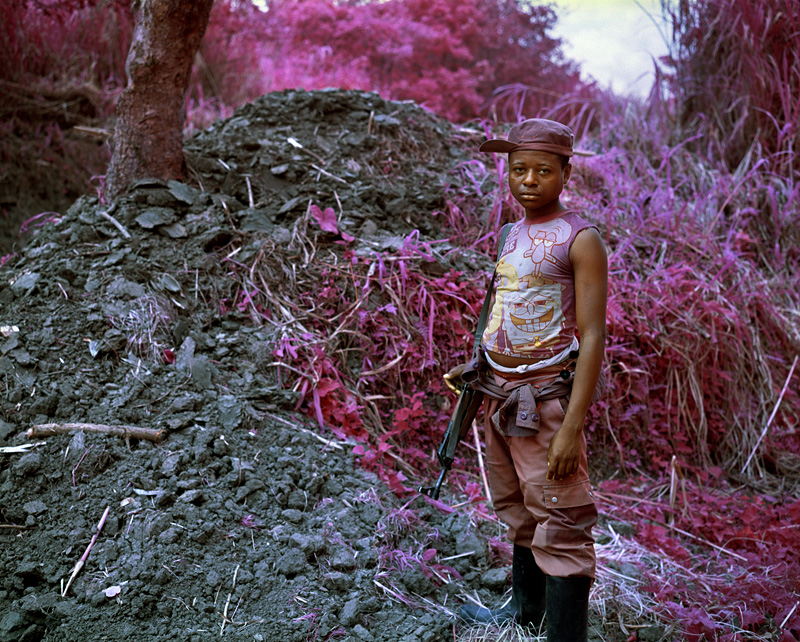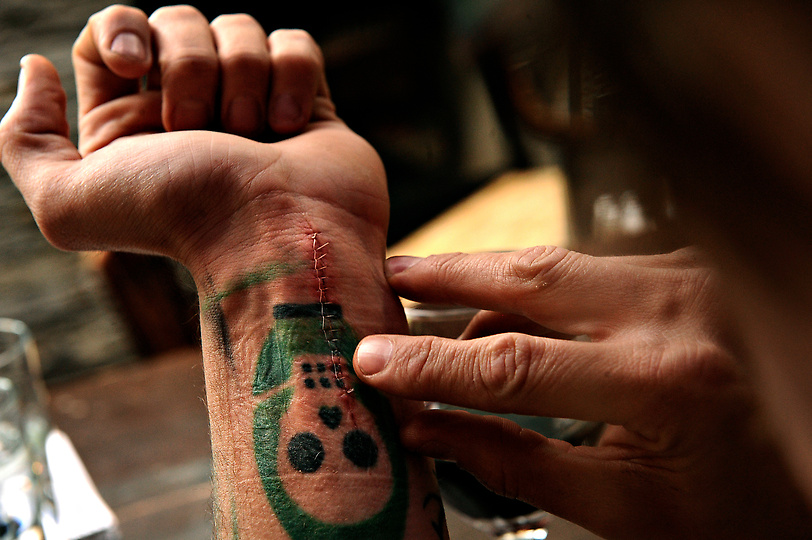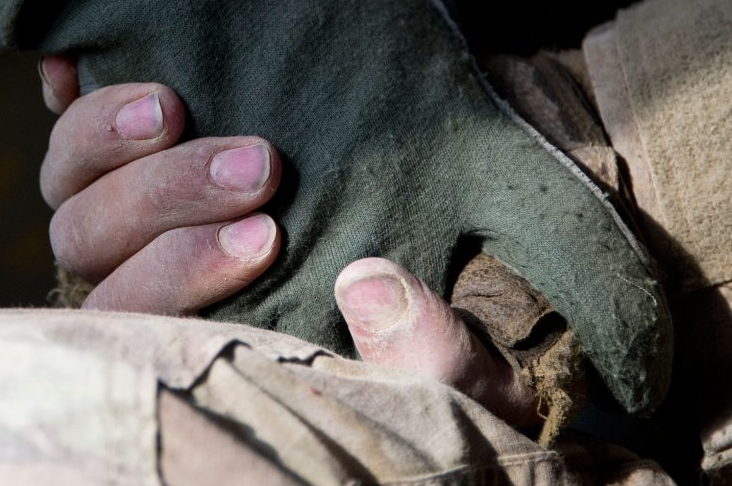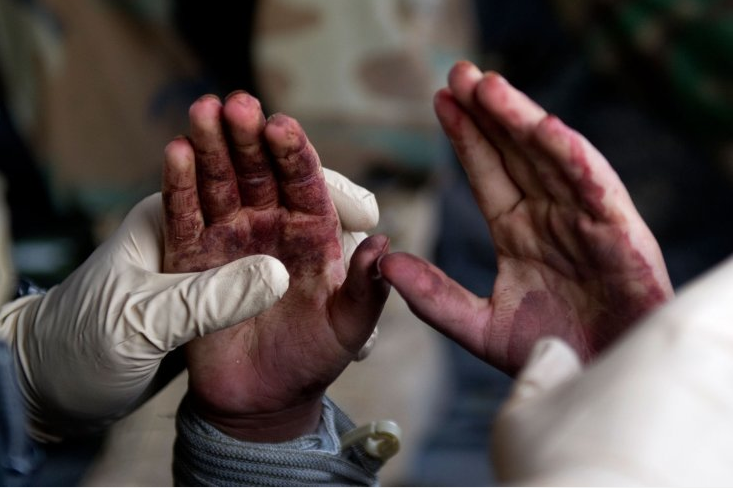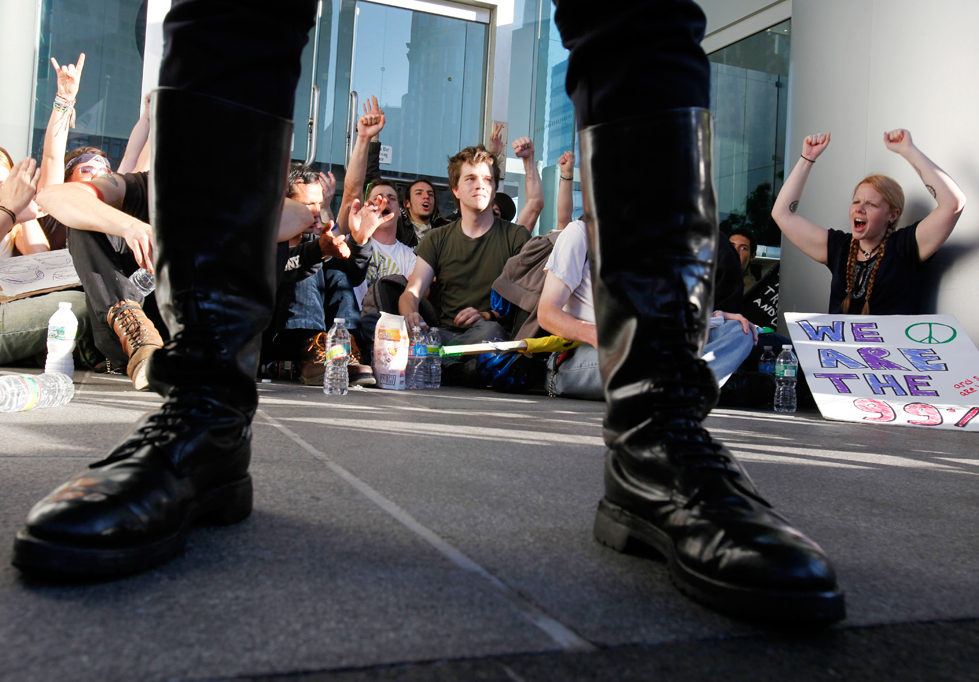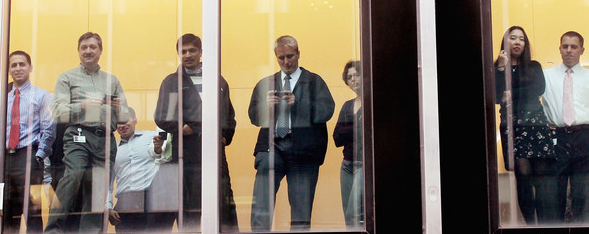One of the interesting elements in the myth of Pandora’s Box is that all the evils of the world could be contained in a single jar. One can imagine any small thing containing a world in miniature–for example, the Greek word kosmos could mean both universe and ornament, and William Blake spoke of seeing a world in a grain of sand–but usually the shift from microcosm to macrocosm is in the direction of order and the revelation of something divine. But why should Evil not work the same route? That, anyway, is one thought that comes to mind when I look at photographs such as this one, where a process of disruption, disorder, ragged violence, and pandemonium sees to be slowly unfolding from what was not long before a relatively benign urban space.
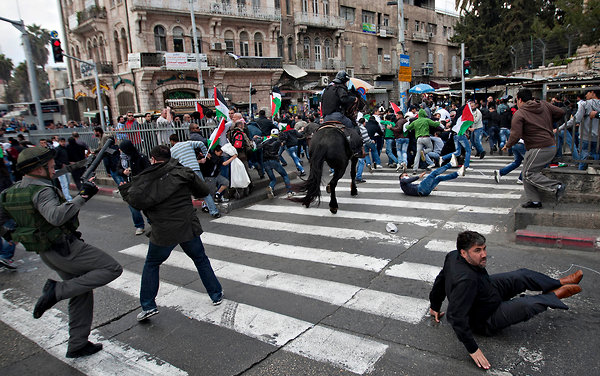
There was the street surrounded by its buildings, then the normal routines of commerce and civic life, then the choreographed standoff of political protesters and riot police in Jerusalem during Palestine’s Land Day, and then a provocation (whether from one side or another) and then another and a response and the escalation continues and then minor mayhem begins–nothing too dramatic but unfurling discord, insult, and injury and then what you see above: bodies flying, a kick being delivered to someone whose back is turned, horses hooves clattering dangerously toward someone rolling on the ground. . . . .
Not all the evils of the world, of course, but something bad coming out of what was otherwise just a container, a space that could include peace or domination, prosperous cooperation or a cycle of violence. It all depends on who controls the box and what they put into it, I suppose. And that’s the irony, for the result is not control, but rather chaos. Small scale chaos may not seem too dangerous, but it spreads all the more insidiously for that. The person being kicked will not forget the blow, those who praise themselves for their restraint will never understand what it feels like to be driven to the pavement, nothing in the scene itself will be altered to make it less likely to crack open again to release still more trouble.
Capturing this sense of the slow unfolding of disorder is an achievement and one that is purchased at the cost of giving up many other elements of a “good” photograph. One’s gaze is pulled this way and that as if part of the action, and yet everything is far away and thus distant emotionally as well; the scene as a whole is messy and one’s attention is drawn to incidental details (the brown shoes, for example) rather than a decisive action within a coherent narrative. But these deficits are an important part of the image. The violence, disorder, and slow wreaking of the world that is going here and in many other sites of “low-intensity” conflict today exists in part because it has become so woven into the fabric of ordinary life, because it persists largely without direction toward resolution, and because it can retract back into civic containers rather than become too persistent and visible to be ignored. By forgoing the dramatic action shot to document a small, stupid, street fight, the photographer has actually captured a much more extensive process of spreading disorder and civic decline.
There is an aesthetic here, one that gives up on formal values of artistic excellence to capture how violence is being unloosed in ordinary life. And with that, one also can see how the capacity to act is reduced to coping within environments that are degraded in more ways than one.

Again, a somewhat distant view of a messy scene, but then as you look more closely, horror. A man is carrying the body of a suicide bombing victim in Afghanistan. He looks like a body snatcher, but more likely a working man is just doing his job. Dead weight, rough ground, a maze of partial barriers and military vehicles–it can’t be easy, even if you’re used to it.
This image also might be capturing the process in reverse: the way everything (well, almost everything) gets put back into the box for awhile. Bodies to the grave, hostiles rounded up and imprisoned, streets swept and buildings repaired, the surface will look much the same in a day or two, but for the traces of the bombing around the edges. Once again, one might be able to imagine living in an orderly world–a world where little things can unfold toward something larger and more beautiful. Until, that is, the next blast or the next confrontation on the street, when ordinary places can once again be undone to release the evils stored within, as if by malevolent gods.
Photographs by Sebastian Scheiner/Associated Press and AFP/Getty.
0 Comments
